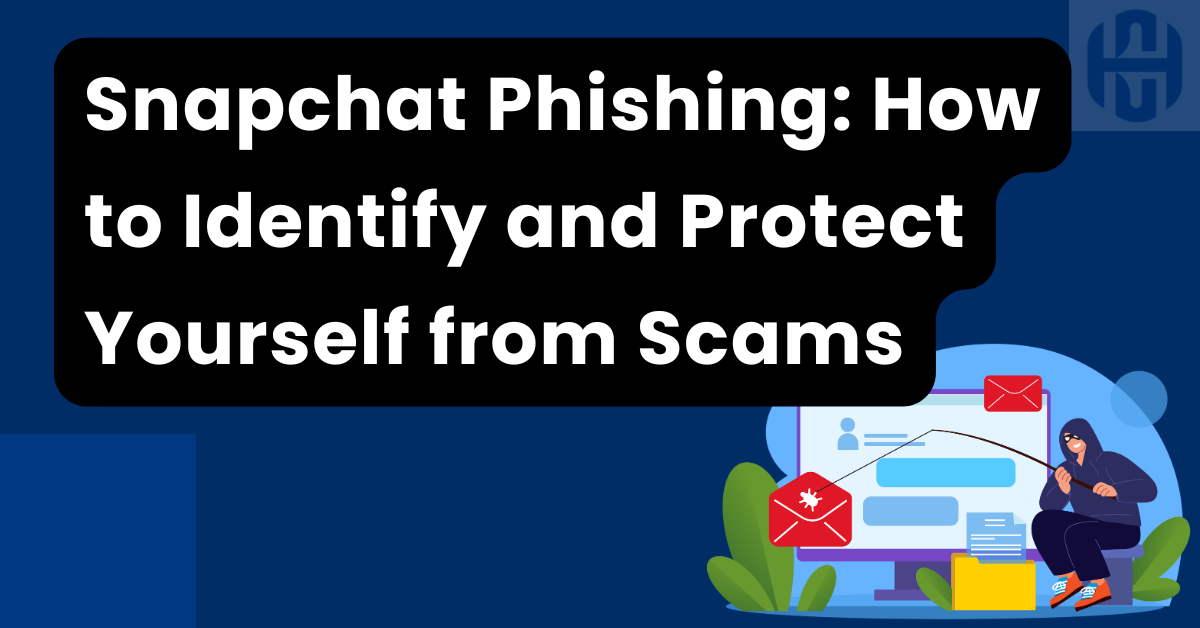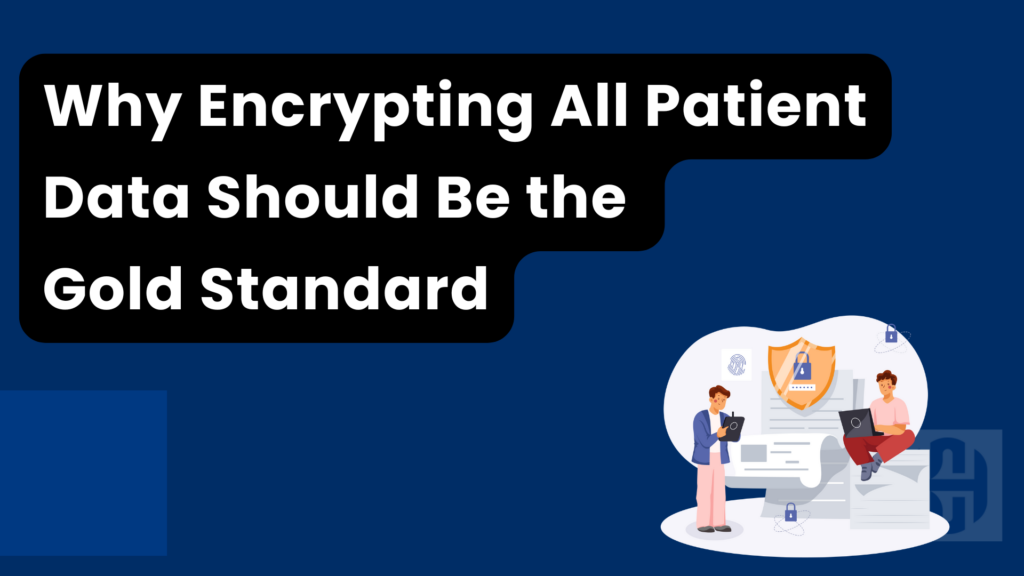Introduction to Snapchat Phishing
Snapchat, with millions of users worldwide, has become a prime target for cybercriminals using phishing tactics. Snapchat phishing refers to attacks where hackers attempt to steal login credentials, personal information, or even financial data by tricking users through deceptive links, fake login pages, and impersonation schemes.
Phishing on Snapchat is particularly dangerous due to the platform’s popularity among younger users, who may not be as aware of cybersecurity threats. This article will dive into how Snapchat phishing works, the common types of phishing attacks on Snapchat, how to protect yourself, and what to do if you’ve fallen victim.

What is Snapchat Phishing?
Snapchat phishing involves hackers impersonating official Snapchat communications or creating fake websites to steal personal information. The goal of phishing attacks is to trick users into providing their login credentials, enabling the attackers to gain unauthorized access to the victim’s account. Once in control, they can exploit the account for various malicious activities, including sending phishing messages to the victim’s contacts or accessing sensitive data.
Common Snapchat Phishing Tactics
Hackers use various methods to target unsuspecting Snapchat users. Here are the most common Snapchat phishing tactics:
1. Fake Snapchat Login Pages
The most common form of Snapchat phishing is the creation of fake login pages. Hackers send victims a link via email, SMS, or direct message, which directs them to a website that looks identical to the official Snapchat login page. When users enter their credentials, they inadvertently provide them to the attacker, who then gains control of their account.
2. Suspicious Activity Alerts
Another common phishing tactic is sending users fraudulent emails or messages claiming there has been “suspicious activity” on their account. The email often urges the user to click a link to secure their account or verify their login details. These links lead to fake pages designed to steal user credentials.
3. Impersonation Scams
In some cases, attackers gain control of one Snapchat account and use it to send messages to the account owner’s friends. These messages may contain links to malicious websites or ask for personal information under the guise of being a trusted contact. This method leverages the trust between Snapchat users, making it easier to trick victims into clicking on phishing links.
4. Free Features or Perks Scams
Phishers often lure users by offering “free” features such as extra filters, followers, or premium content. The link directs users to a fake website where they are asked to log in or provide personal information. These scams prey on users’ desire for exclusive features and lead to credential theft or malware downloads.
5. Password Reset Scams
Hackers send fake password reset notifications, tricking users into clicking a link and entering their login details on a fake Snapchat password reset page. This scam is particularly effective because users are often quick to respond to password reset requests to secure their account, making them vulnerable to Snapchat phishing.
How Snapchat Phishing Can Affect You
The impact of falling victim to a Snapchat phishing attack can be severe. Here are some of the consequences:
- Account Takeover: Hackers can lock you out of your own Snapchat account, using it to send malicious messages or further phishing attempts.
- Personal Data Theft: If your Snapchat account is linked to other services or contains personal information, attackers could access sensitive data, including email addresses, phone numbers, and potentially financial information.
- Spread of Malware: Clicking on phishing links can result in malware being installed on your device, which could lead to further data theft or loss.
- Damage to Reputation: If your account is compromised and used to send phishing messages, your contacts may believe you intentionally sent malicious links, damaging your personal or professional reputation.
How to Protect Yourself from Snapchat Phishing
Protecting yourself from Snapchat phishing attacks requires vigilance and taking proactive measures to secure your account. Here are some best practices for staying safe:
1. Enable Two-Factor Authentication (2FA)
Snapchat offers two-factor authentication (2FA), which adds an extra layer of security to your account. With 2FA enabled, even if someone obtains your password, they would also need access to your phone to log in. This makes it much more difficult for hackers to take over your account through Snapchat phishing.
2. Verify the Authenticity of Emails and Links
Always double-check the sender of any emails, messages, or notifications that claim to be from Snapchat. Phishing emails often have slight variations in the domain name (e.g., support@snapcchat.com instead of support@snapchat.com). Be cautious about clicking on any links or attachments, especially if the message seems urgent or unexpected.
3. Look for HTTPS on Login Pages
Before entering your login credentials, always ensure the URL begins with “https” and has a lock icon in the browser’s address bar. This ensures that the website uses encryption to protect your information. Phishing websites often lack this security feature, making it a key indicator of a malicious site.
4. Use a Strong, Unique Password
Create a strong, unique password for your Snapchat account, and avoid reusing the same password across multiple accounts. This minimizes the risk of attackers gaining access to multiple accounts if one set of credentials is compromised.
5. Beware of Too-Good-to-Be-True Offers
Phishers often promise free Snapchat perks such as additional followers, filters, or premium content. Be skeptical of any offer that seems too good to be true and avoid clicking on links that ask for personal information or login credentials in exchange for free services.
6. Regularly Monitor Account Activity
Keep an eye on your Snapchat account activity and review any suspicious login attempts. If you notice logins from unfamiliar devices or locations, it could be a sign that your account has been compromised.
What to Do if You Fall Victim to Snapchat Phishing
If you realize that you’ve fallen victim to a Snapchat phishing attack, act quickly to minimize the damage. Follow these steps to regain control of your account and secure your information:
Change Your Password Immediately
- As soon as you suspect that your account has been compromised, change your Snapchat password. If the attacker hasn’t already changed it, you may still have access to your account.
Enable Two-Factor Authentication
- Turn on two-factor authentication (2FA) for additional protection. This will help secure your account even if the attacker has your password.
Review and Revoke Suspicious Devices
- Snapchat allows you to see all devices that have accessed your account. If you notice any unauthorized devices, log them out and revoke access to your account.
Report the Incident to Snapchat
- Use Snapchat’s support system to report the phishing attack. The Snapchat team can investigate the issue and may be able to help you recover your account.
Check Other Linked Accounts
- If your Snapchat account was compromised, check any other accounts that may be linked to the same email or password, such as social media or email accounts. Attackers often attempt to use stolen credentials across multiple platforms.
- Contact HIPAA Certify immediately
- Once you have done everything above you still need to investigate how the issue was caused and fix any compliance and security you have.
Educational and Government Resources for Phishing Protection
For further reading and resources on protecting yourself from phishing attacks, consider visiting these .gov and .edu sites:
Conclusion
Snapchat phishing is a growing threat as cybercriminals continue to target unsuspecting users. Understanding how Snapchat phishing works and implementing key security practices—such as using strong passwords, enabling two-factor authentication, and being cautious of suspicious links—can help protect you from becoming a victim. Stay vigilant, and educate yourself on the latest phishing tactics to ensure your online safety.
By following the tips outlined in this article, you can enjoy Snapchat securely and avoid falling prey to phishing scams.





